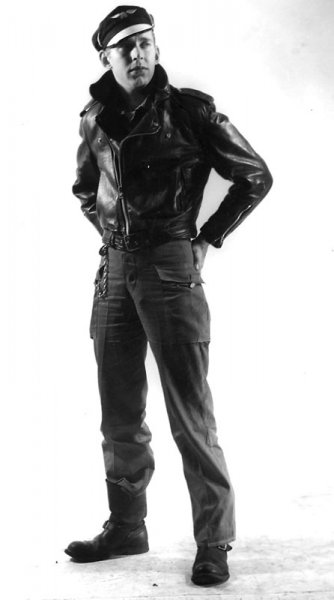
Chuck Renslow, a legendary figure in LGBTQ history, passed away on June 30, 2017, at the age of 87.
The the whole leather contest circuit actually began in a leather bar, the famous/infamous Gold Coast founded by Renslow. I know one person who remembers this bar; he is in his eighties (hard to believe).
Much has been written on this place of LGBT history already; I’ll just add that it seems to be the granddaddy of places where like-minded men could meet others who shared their sexuality.
Much of what is perhaps now the traditional dynamic of gay leather bars originated there: the leather biker look, the rough sex and BDSM, the hypermasculinity revealed in the famous artwork of Etienne aka Dom Orejudos, lover of Renslow now displayed in the Leather Archives and Museum.
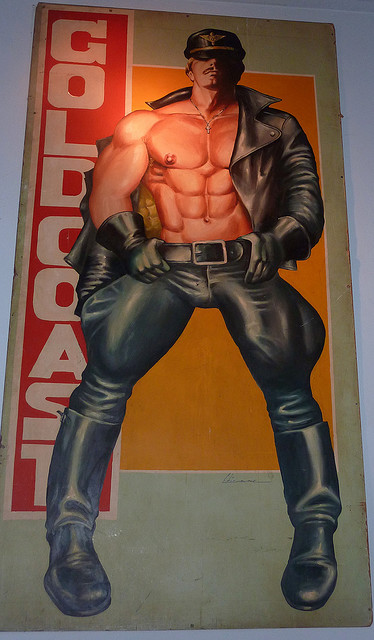
The Gold Coast closed in 1988 (alas, I never went there) at the 5025 North Clark location, having moved from its original location at 501 North Clark Street. Renslow later opened the Chicago Eagle in the 1990s; I remember the entrance being the inside of a truck, and the basement Pit.
I actually consider this place my “coming out” bar as a leatherman. I was flogged in public down there, my first big BDSM scene. The Eagle closed in the early 2000s; the last time I went there was 2007; by that time the totally hot Pit had closed.
Without Renslow's pioneering efforts that date back to the times when homoerotic muscle magazines were considered obscene by the government, the LGBTQ leather community might not even exist; in fact, he always showed the courage to navigate and eventually surmount oppressive political and social systems in that pre-Stonewall time when to even operate a gay bar one had to pay off the Mafia, when gay sex itself was illegal, a crime against nature.
I consider his immense legacy (just look at his obituary) an inspiration, not just to LGBTQ persons, but to any marginalized group fighting for the right to full human dignity.




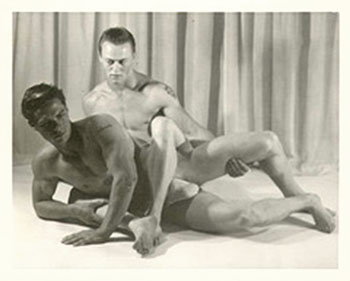
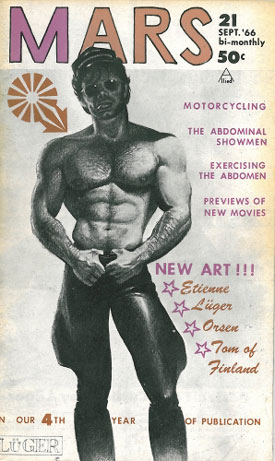
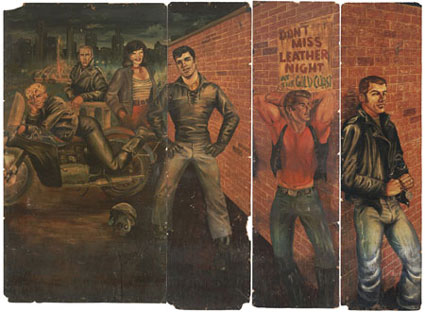
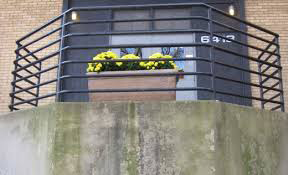
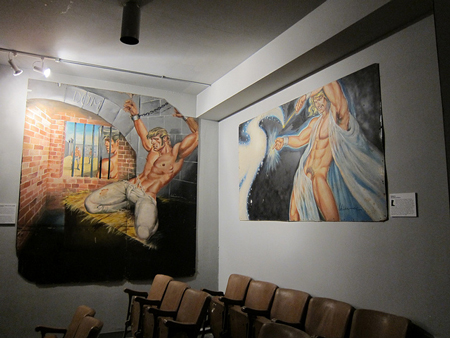

 Join our Email List
Join our Email List Like Us on Facebook
Like Us on Facebook Instagram
Instagram Youtube
Youtube Follow Us on Twitter
Follow Us on Twitter Follow us on Pinterest
Follow us on Pinterest